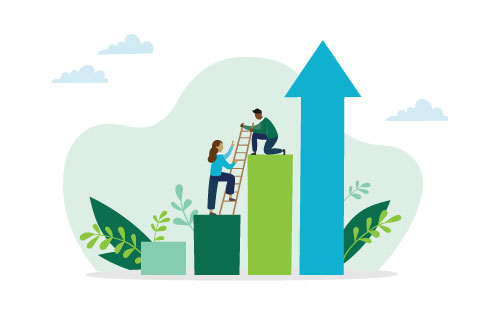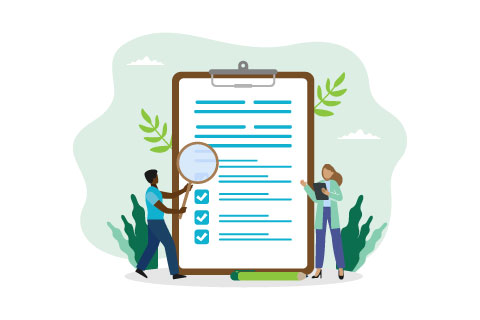By Jo Causon, CEO, The Institute of Customer Service
It certainly feels that we are at an interesting juncture right now. We are out of the crisis phase of Covid-19 and into a second, different phase. But we are by no means out on the other side yet. We are in a kind of ‘Middle Earth’ perhaps.
This juncture is accentuated by the fact that we’re entering September, when summer ends, children go back to school, and a new phase of the work year begins. For many businesses, it is the halfway point of their financial year, a time when they look back at performance to date and start formalising their strategic plans for the next financial year.
This year has been different in so many ways, the most challenging period that most business leaders have ever experienced. It’s been tough for everyone: employees, customers and families too.
Great uncertainty still abounds. We don’t know how long or deep the recession will prove to be. There are very live questions about children returning to school and how that will go. The nature and timing of any ‘return to the office’ is another huge question that most business leaders are still wrestling with. Most employees probably favour a hybrid model where they divide their time between working from home and going into the office. There is no reason why this can’t work – but it raises questions about how corporate space can best be utilised if the model has changed.
Through all of this though, we shouldn’t lose sight of how much has been achieved. Most businesses have probably surprised themselves by just how resilient they are; they made some tough decisions during the height of the crisis; and they kept service going, striving to meet the changing needs of their customers.
We have also seen a huge rise in the recognition and importance of essential workers and also, therefore, of customer service as a whole. This is a great positive and one we need to build on. Customer service professionals have to ensure that they have, and continue to have, a seat at the strategic table.
These factors all combine to mean that now is the time for businesses to really begin to look forward and plan their path ahead. There have been many learnings for organisations across sectors through the pandemic to date – about their products and services, about how customers want to engage with them, about their very purpose and values.
As we enter the autumn, there is an opportunity for leaders to raise their heads and look forward, taking what has been learned and using that to start accelerating the vision for the path ahead. It’s about resetting the dialogue, with customers and staff, through clear and honest communication about the organisation’s vision, purpose, products and services.
It is not easy to plan for the future at the same time as managing the demands of the present. But it’s an ability that strong leaders have. I have been privileged to be speaking to a range of leaders over recent months in a series of Head to Head Interviews (with more to come through the rest of this year) and one of the things that has struck me most is the extent to which good leaders are able to keep a calm long-term view even as they deal with difficult present situations. They have a combination of honesty, directness, empathy and compassion combined with a wider view that takes in not just the immediate issue at hand but broader internal and external, economic and social perspectives too.
These are the sorts of qualities that all leaders need right now. They are the attributes that will help them use the lessons learned this year as a springboard for the future. There is life beyond Covid – leaders must bring it into view for their organisation.



